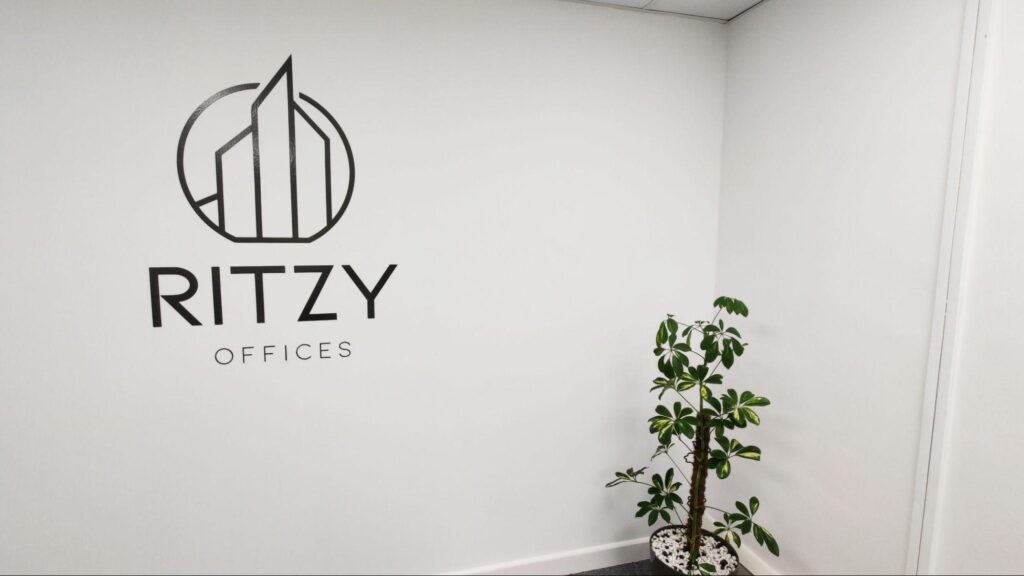
The Evolution Of Workspace: A Deep Dive Into Co-Working Spaces
The contemporary workspace has witnessed a revolutionary shift in recent years, propelled by technological advancements, evolving work dynamics and a heightened focus on collaboration and flexibility.
At the forefront of this transformation are co-working spaces, which have emerged as key players in reshaping the future of work. This exploration of workspace evolution delves into co-working spaces’ roots, expansion and profound influence on individuals and the business landscape.
From their origins to current prominence, co-working spaces reflect the changing nature of work, providing a dynamic environment that fosters innovation and community.
This deep dive illuminates how these spaces have become pivotal hubs, accommodating diverse professionals and catalysing a paradigm shift in how we perceive and engage with the modern workplace.
The Traditional Office: A Glimpse Into The Past

Centralised Office Space
Once characterised by cubicles, fixed schedules and a strict hierarchy, the conventional office has become a relic of the past. In its heyday, employees adhered to a daily commute, dedicating most of their time within the confines of a centralised office space.
Nevertheless, the relentless march of technology and the changing work landscape rendered this traditional model obsolete. The emergence of flexible work arrangements, fuelled by advancements in communication tools and remote collaboration platforms, challenged the rigid structures of the traditional office.
The contemporary workforce now embraces a more dynamic and decentralised approach, breaking free from the physical constraints of a singular workspace. As the traditional office fades into history, the modern professional landscape thrives on adaptability, technology and the freedom to work beyond the traditional boundaries of time and place.
The Evolution Of Remote Work
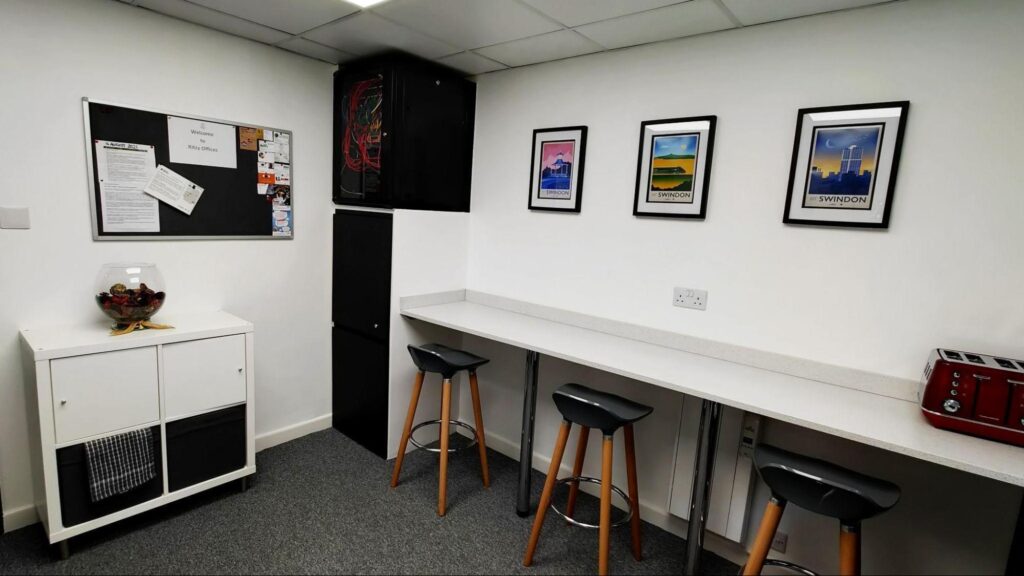
New Era Of Work-life Integration
In the 21st century, a transformative shift unfolded as remote work emerged as a dominant force. Fueled by advanced digital tools and high-speed internet connectivity, employees experienced a liberation from the traditional confines of brick-and-mortar offices.
This enhanced flexibility prompted a widespread reassessment of conventional workspaces, igniting a growing demand for innovative alternatives. The advent of remote work revolutionised how professionals approach their tasks and challenged the long-standing norms of a physical office.
This dynamic transformation, empowered by technology, has reshaped how we perceive and engage in work, significantly departing from traditional employment structures and heralding a new era of work-life integration.
Enter Co-Working Spaces
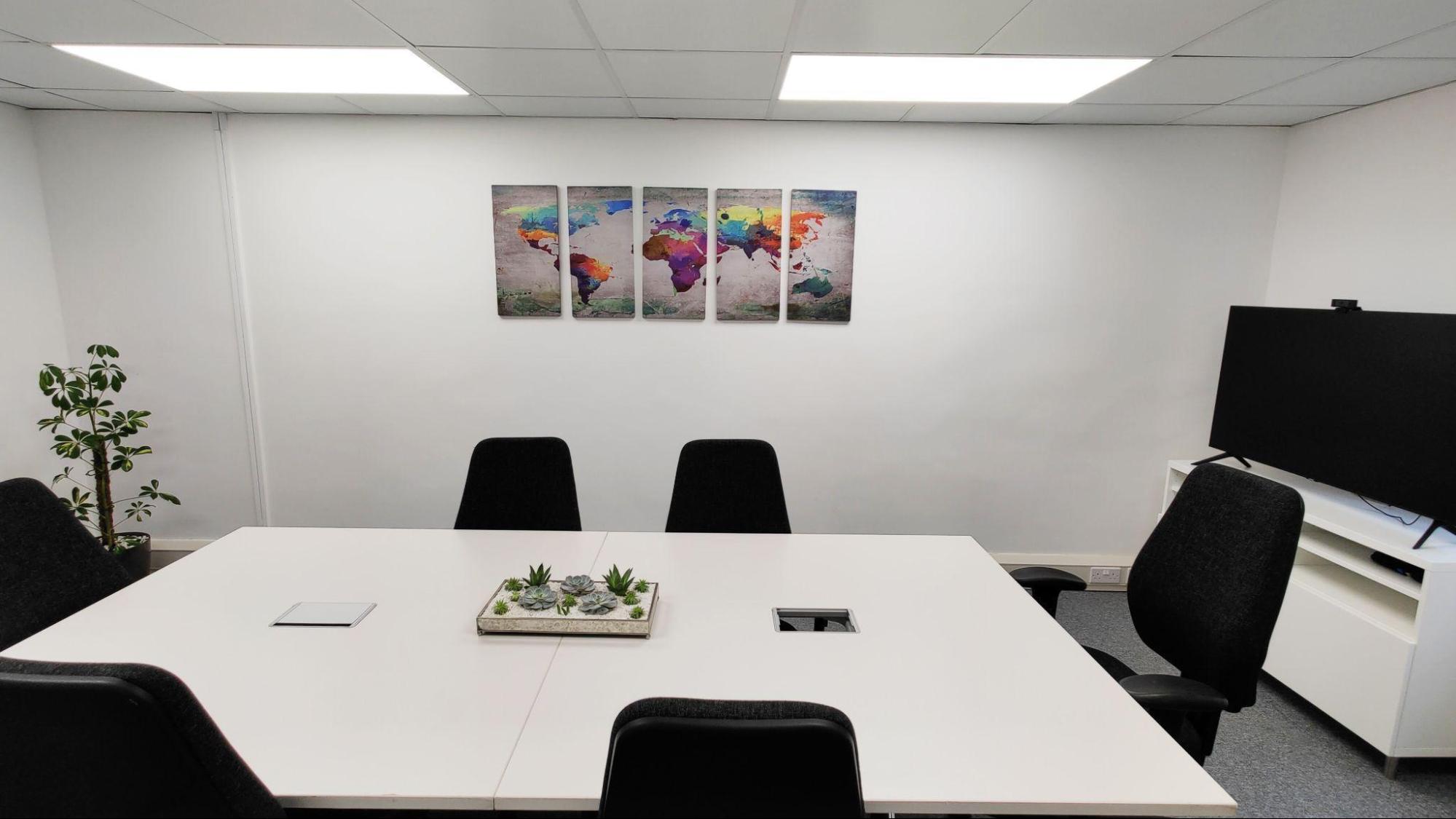
Flexible And Collaborative Alternative
Co-working spaces have become a transformative solution to evolving work patterns, offering a dynamic departure from traditional office structures. Originating in the mid-2000s, these shared environments provide a flexible and collaborative alternative.
The concept gained traction as a response to the shifting work dynamics, accommodating freelancers, entrepreneurs and remote workers seeking adaptable workspaces. Unlike conventional offices, co-working spaces foster a sense of community, encouraging interaction and exchanging ideas among diverse professionals.
The appeal lies in the versatility and cost-effectiveness, allowing individuals and small teams to access well-equipped facilities without the constraints of long-term leases. This trend has reshaped the modern work landscape, reflecting the growing need for agility and interconnected professional networks in today’s fast-paced and dynamic business world.
Flexible Structures And Amenities
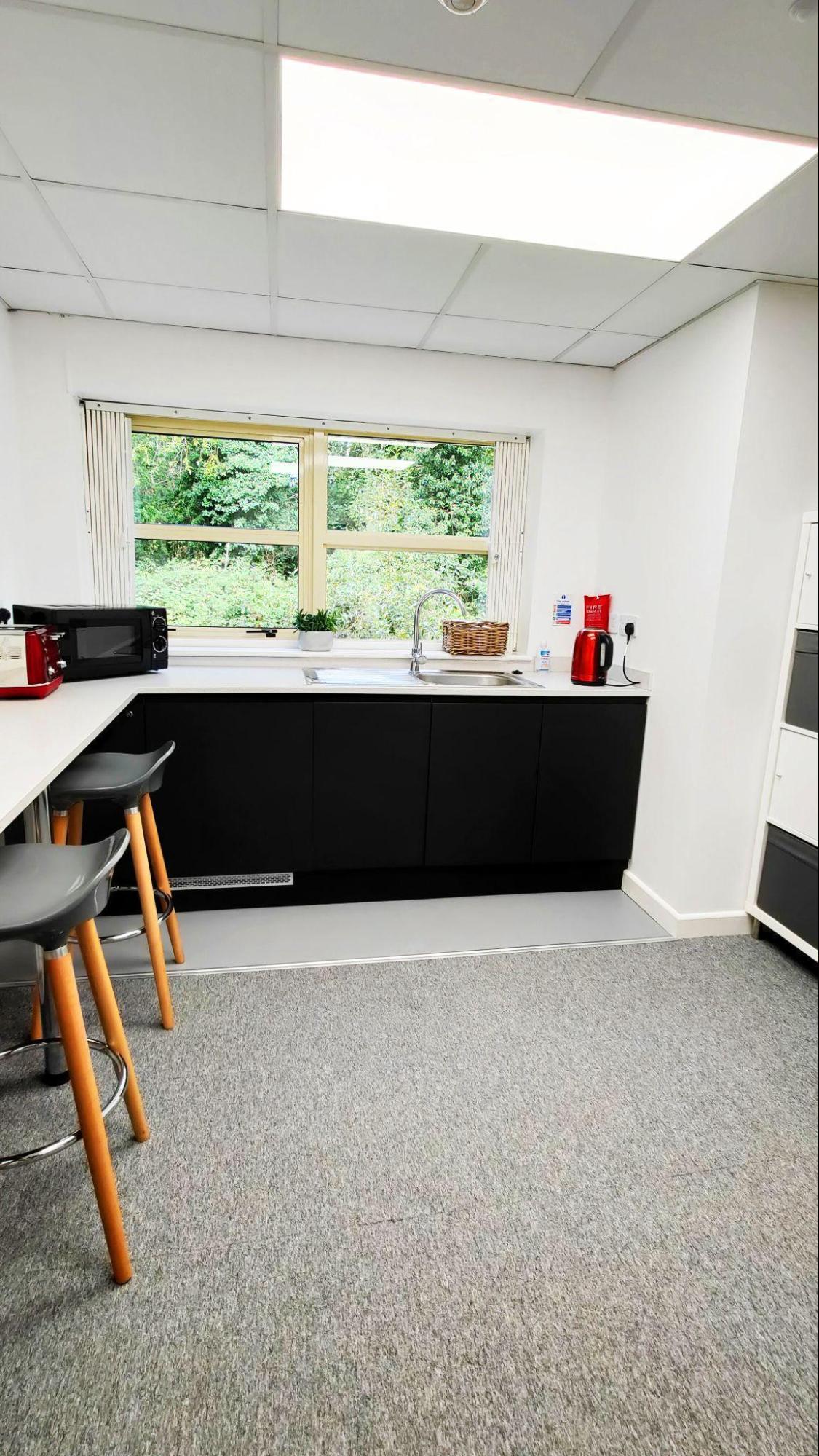
Co-working Flexibility
One of the key attractions of co-working spaces is their flexibility. Businesses can lease space based on their specific needs, scaling up or down as required.
This adaptability is particularly advantageous for startups and freelancers who may not have the resources for a dedicated office. Furthermore, co-working spaces are designed to foster collaboration and innovation.
Open layouts, communal areas and shared facilities encourage interaction among diverse professionals. This collaborative atmosphere often leads to the cross-pollination of ideas, creating a vibrant ecosystem that goes beyond the traditional office silos.
Cultural Shifts And Work-Life Integration

Reshaping Work Culture
Co-working spaces have transformed physical work environments and have also played a role in reshaping work culture.
The emphasis on community and networking has created a sense of belonging among co-workers. This community-centric approach is a departure from the isolation that some remote workers may feel.
Moreover, co-working spaces often host events, workshops and networking sessions, further nurturing a sense of community. Integrating work and social activities contributes to a more holistic work-life balance, a concept increasingly valued in the modern workforce.
The Tech Revolution In Co-Working

Redefine The Co-working Experience
The co-working landscape is undergoing a transformative shift propelled by technological advancements. Cutting-edge innovations, ranging from state-of-the-art security systems to intelligent building management, redefine the co-working experience.
Virtual reality meeting rooms, Internet of Things (IoT)-) enabled workstations and flawless connectivity spearhead the creation of futuristic and highly efficient workspaces. These technologies elevate the overall user experience and usher in a new era of productivity and collaboration.
As co-working spaces increasingly integrate these tech-driven solutions, they are becoming hubs of innovation and flexibility, catering to the evolving needs of a dynamic workforce. Embracing the digital age, co-working environments are at the forefront of a tech revolution that promises to shape the future of work.”
Sustainability And Wellness
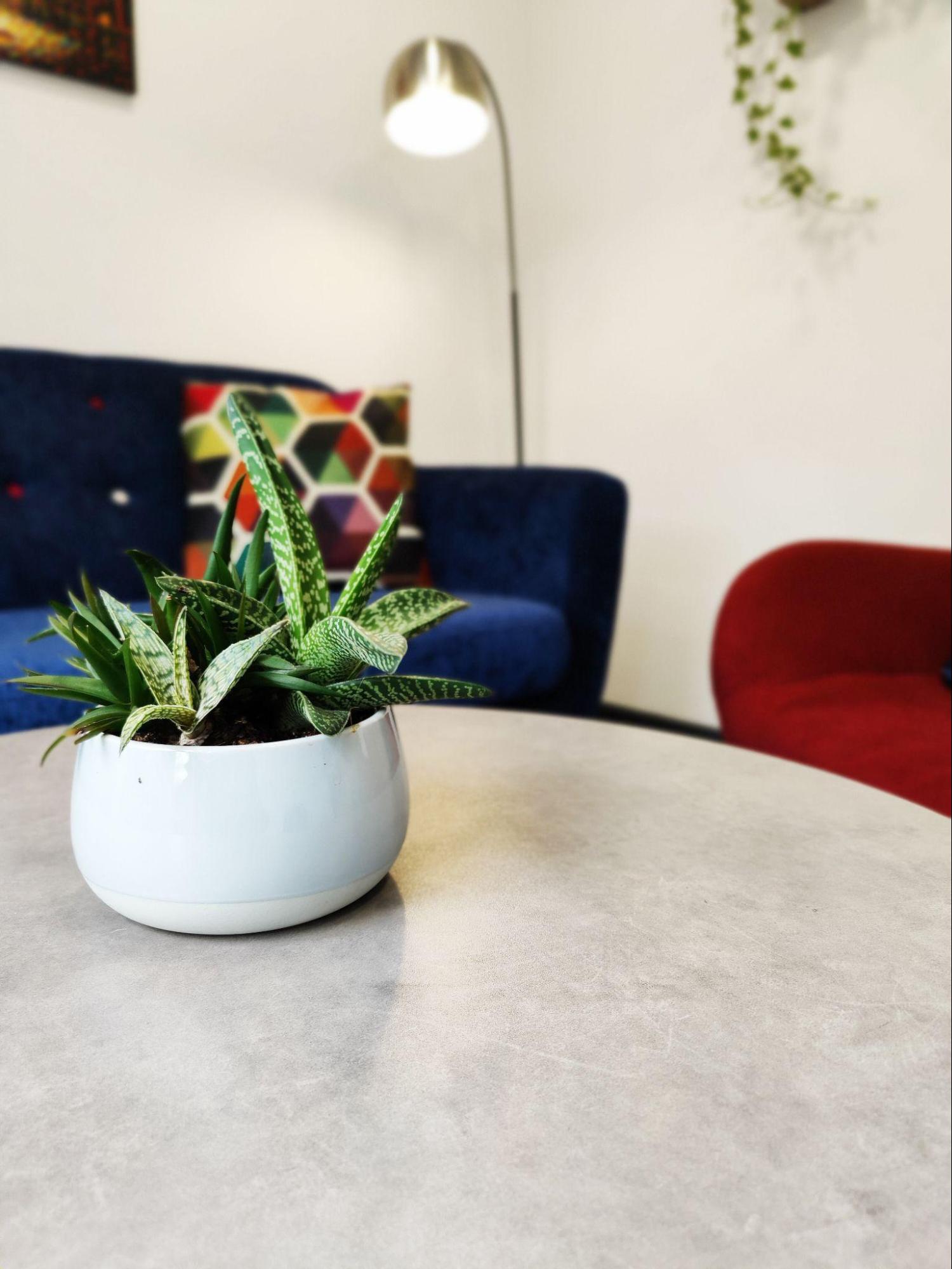
Improve Your Workspace
As people become more aware of environmental problems, co-working spaces are starting to do things that help the planet. They use green building ideas, save energy and do positive things for the Earth. They also care about the people working there and try to make them feel good.
Co-working spaces now have gyms, relaxing places and programmes to help with well-being. This is a way to be responsible and care for the environment and the people working there. It’s about improving the workspace and being good to the Earth simultaneously.
The Future Of Co-Working
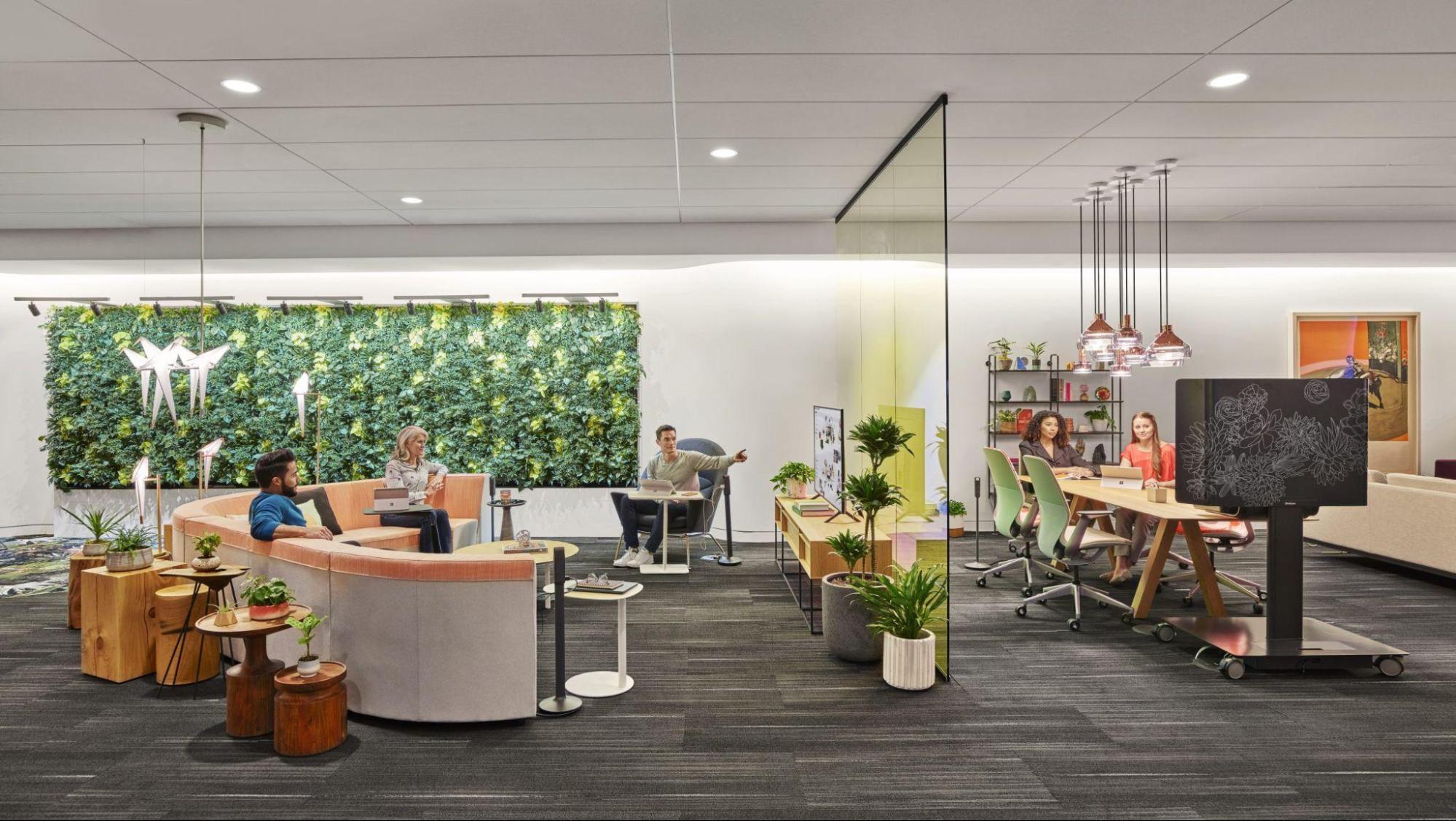
Evolution Of Co-Working Space
As we look ahead, the future of co-working spaces appears dynamic and promising. The continued integration of technology, a focus on sustainability and an emphasis on well-being are likely to shape the evolution of these spaces.
The concept of the hybrid workplace, combining remote work and co-working, is gaining traction and is expected to become a prominent model in the coming years.
Wrapping up, the evolution of workspace, from the traditional office to the rise of co-working spaces, reflects the ever-changing nature of work.
Co-working environments have provided a flexible and collaborative solution and contributed to a cultural shift in how we perceive and experience work.
As technology advances and societal values evolve, co-working spaces are poised to play a pivotal role in shaping the future of work, offering a dynamic and adaptable solution for the modern workforce.
Elevate productivity and innovation in our state-of-the-art office spaces. Discover more about Modern Office Spaces and propel your startup to new heights. Read more: ‘The Perfect Home For Your Startup: Modern Office Spaces.‘
